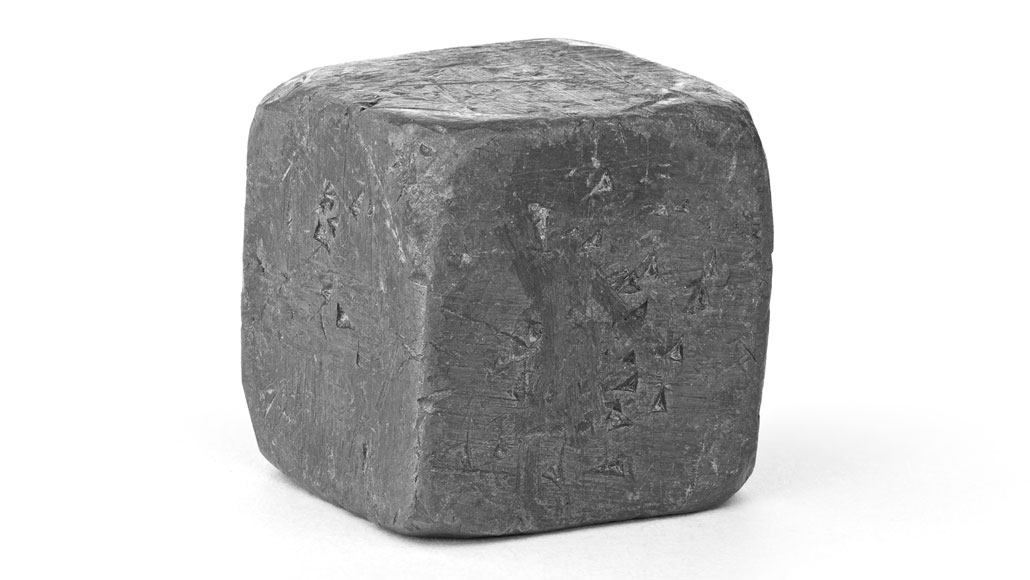
Lead performs under pressure.
Under normal conditions, the metal is relatively soft, easily scratched with a fingernail. But when compressed under extreme pressures, lead becomes hard and strong — even stronger than steel, scientists report November 11 in Physical Review Letters.
To study how lead’s strength changed under pressure, researchers rapidly compressed a lead sample by blasting it with lasers at the National Ignition Facility at Lawrence Livermore National Laboratory in California. The pressure within the sample reached about 400 gigapascals — similar to the pressures found within Earth’s core.
The strength of a material characterizes its response to stress — a force applied over a given area. The more stress that a substance can endure before it deforms, the stronger it is. Physicist Andrew Krygier of Lawrence Livermore and colleagues observed how ripples in the lead grew and deformed under the high-pressure conditions. The growth was relatively slow, indicating that the metal was 250 times as strong as lead under normal conditions and about 10 times as strong as high-strength steel.
When materials are compressed, their properties can change dramatically. For example, hydrogen, normally a gas, can turn into a metal (SN: 8/10/16). Understanding how substances change in response to pressure might be important for improving designs of protective gear such as bulletproof vests (SN: 6/20/19).
Calculations suggest that the pressure alters lead’s crystal structure, causing a rearrangement of its lattice of atoms. That structural change results in a stronger metal, the researchers conclude.
Source: Physics - www.sciencenews.org


